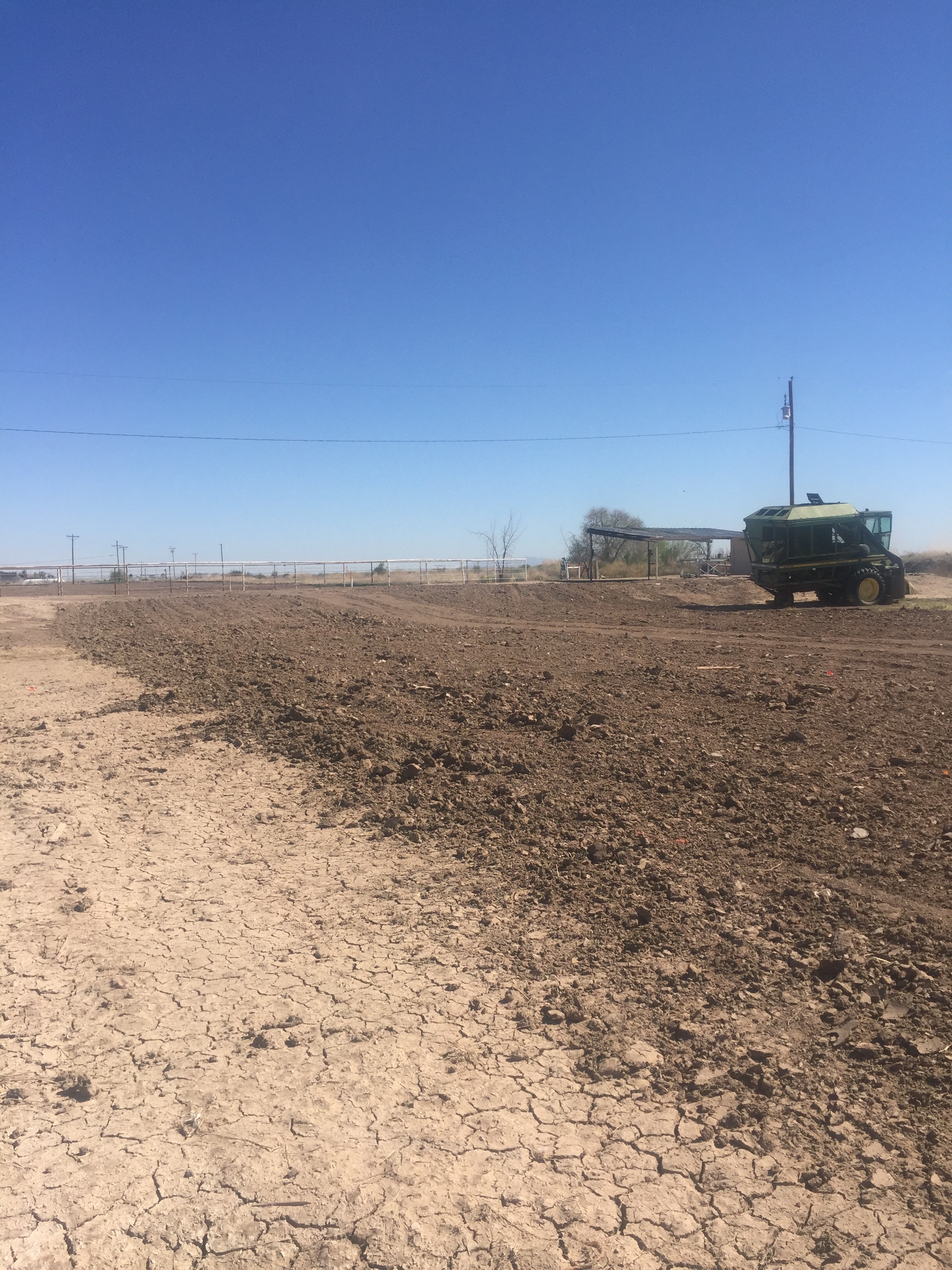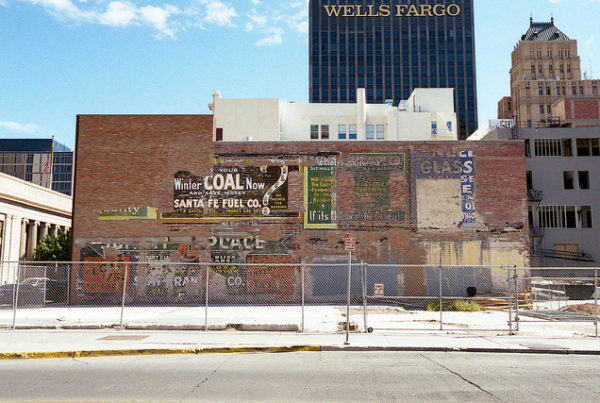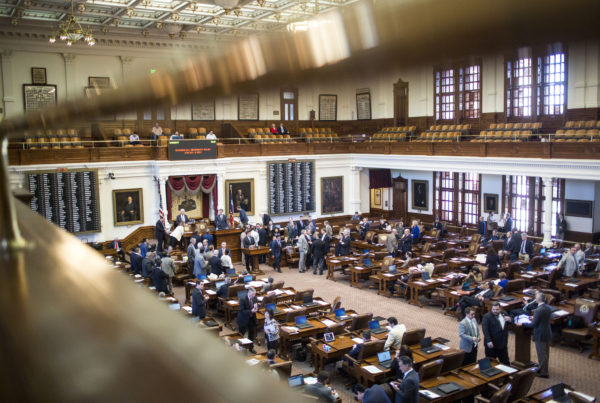If production of energy were a race, there’s no doubt Texas would be winning. Oil and natural gas infrastructure continues to grow. In fact, according to recent figures, over three-quarters of domestic energy deals in the U.S. are from projects in the Permian Basin. You’ve probably heard of the Trans-Pecos Pipeline, and the Dakota Access Pipeline of course. But how about the Comanche Trail Pipeline?
The pipeline is an estimated $1.4 billion deal between private energy companies in Mexico, and Texas-based Energy Transfer Partners. Construction was completed early this year. And like some of those other pipeline projects, not everyone is happy about it.
The Hernandez family lives a stone’s throw from the border, in rural El Paso County, in a home they built themselves over a decade ago.
Jose and Anselma Hernandez were high school sweethearts, and they’ve raised their two children in San Elizario. Life was pretty normal until one morning in 2016.
At 4:30 a-m, Anselma heard loud construction noise coming from right outside her window. Jose had already left for work.
“You couldn’t see anything but you can hear it you can feel vibrations,” Anselma says. “Our windows were vibrating. It was scary because we were like It feels like an earthquake.”
Jose remembers what it looked like when he got home.
“There was just a large cloud of dust all over this neighborhood,” he says.
The construction went on for weeks. So Anselma called the mayor, Maya Sanchez. It turned out that Sanchez hadn’t been informed of the Comanche Trail Pipeline project either.
“I received a phone call from our state senator’s office asking for our position on the pipeline, and I had no idea what he was talking about,” Sanchez says.
Sanchez says she attempted to contact Energy Transfer Partners, but representatives repeatedly directed her to their website for information on the project.
“What do you do if a 42-inch pipeline is coming through your city? I just tried to get as much information as I could do because I know nothing,” Sanchez says.
Matters got worse when a road collapsed in town, and an irrigation canal burst near the construction. In November of 2016, the federal government ordered a temporary halt to the project. But construction started up again the following month, and the pipeline was finished in January of 2017.
Mayra Maldonado of the the Hunt Institute at UT El Paso says the Comanche Trail Pipeline won’t be the last built through West Texas.
“We are going to have more pipelines crossing our borders,” Maldonado says.
Maldonado says there’s growing demand for Texas natural gas. In fact, she says, as early as this year, the U.S. will be exporting more natural gas than it imports. She refers to a map that shows all the oil and natural gas pipelines running through Texas and Mexico.
Around the Permian Basin in West Texas is a snarl of blue lines encircling one another and radiating out in all directions. One bright orange line represents the Comanche Pipeline, winding across West Texas towards the Mexico border.
“Currently Mexico is very scarce, in terms of distributing the natural gas network,” Maldonado says.
Demand for natural gas means more jobs for Texas pipeline builders, and more demand for the raw materials needed for construction. Proponents say this will create positive ripples throughout the economy. Energy Transfer Partners documents about the Comanche project say the pipeline generated 350 new jobs.
But there’s a downside. It has to do with where the pipeline crosses the border into Mexico. The exact location was decided by the energy companies and the Mexican state agency that oversees electricity, known as the CFE – not the town or its residents. Sanchez says some in town are worried this could mean future pipelines would have to go through this same corridor when traveling into Mexico. Mayra Maldonado from the Hunt Institute says that’s entirely possible.
“So it’s like if you’re at your home and then you receive an unpleasant visitor one time and then the next day you receive another one,” Maldonado says.
When asked if future pipelines were planned, and whether they would be running through San Elizario, an Energy Transfer Partners representative responded.
“The pipeline and its crossing were determined as part of the agreement with CFE,” the representative says.
The comanche pipeline was turned on earlier this year, despite objections from community members.















